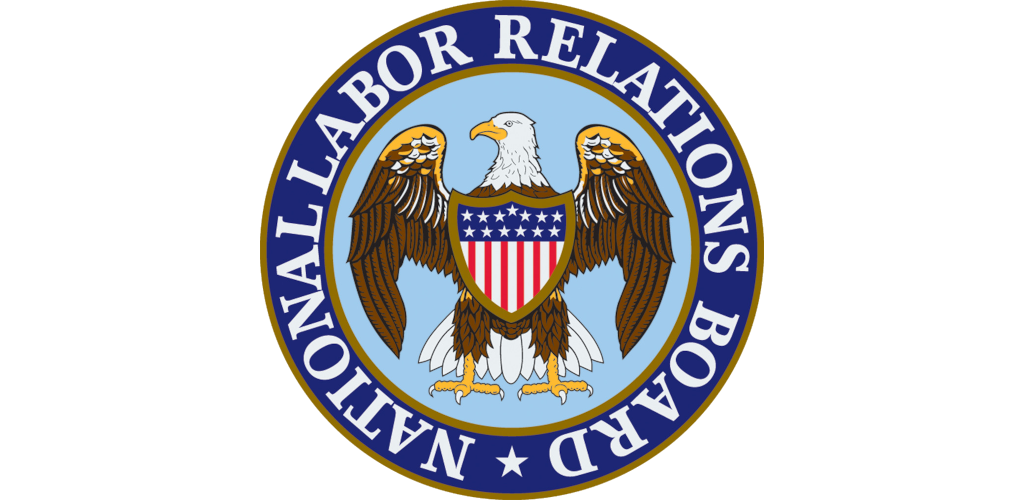On August 24, 2023, the National Labor Relations Board (NLRB) announced a new final rule for union elections that revives the prior “ambush election” rules. The new rule compresses the time period between the time a representation petition is filed and the actual election. The impact of the rule is to make it more difficult for employers to educate employees about unions and unionization prior to a vote.
Quick Hits
- The NLRB issues final rule governing representation elections procedures that will allow unions to move more quickly toward elections.
- Pre-election procedures to determine voter eligibility and required notice postings will be expedited.
- The new rule takes effect on December 26, 2023.
The new final “Representation-Case Procedures” rule, which will be formally published on August 25, 2023, rescinds the remaining aspects of the current 2019 rule and returns the Board to its prior 2014 rule, known as the notorious “quickie” or “ambush” election rules. The new rule sets an extremely aggressive timeline for moving toward a union election, restricts regional directors’ discretion in procedural matters, and limits the time period for employers to consider important unit composition and election details. The Board made these changes through direct rulemaking without the typical, careful notice-and-comment process, stating that it is merely rescinding provisions from the 2019 rule and replacing them with the prior 2014 rule.
New Final Rule
According to the NLRB, the new rule seeks to: (1) commence pre-election hearings sooner; (2) speed up the dissemination of election information to employees; (3) make pre- and post-election hearings more efficient; and (4) hold union representation elections more quickly.
Pre-Election Hearing Process
- Pre-Election Hearing Scheduling – Pre-election hearings will now generally be scheduled for eight calendar days from the service of the notice of hearing, which is ten days sooner than under the 2019 rule. This means that employers will now be required to present documents and witness testimony at the hearing with significantly less time to prepare.
- Pre-Election Hearing Postponements – Regional directors will only have the discretion to postpone a pre-election hearing for up to two business days “upon request of a party showing special circumstances” or for more than two days if a party shows “extraordinary circumstances.” Under the 2019 rule, regional directors could postpone for an unlimited time upon a showing of good cause.
- Nonpetitioning Party’s Statement of Position – A nonpetitioning party’s written response (i.e. statement of position) to a representation petition will “generally” be due “by noon the business day before the opening of the pre-election hearing,” meaning it will “normally” be due seven calendar days after service of the notice.
- Postponement of Statement of Position – Regional directors will have limited discretion to postpone the due date for statements of position similar to pre-election hearing postponements.
- Responsive Statement of Position – Petitioners will respond orally at the pre-election hearing as opposed to being required to submit a statement of position three business days prior. This change relieves unions of the requirement to file and serve their responsive statement leaving employers in the dark on the relevant issues until the day of the hearing.
Dissemination of Election Information
- Distributing Notice of Petition – An employer will have two business days after the service of a notice of hearing to post and distribute a notice of petition for election to its employees, which is three days sooner than under the 2019 rule.
Hearings
- Litigation of Eligibility and Inclusion Issues – The new rule clarifies that “the purpose of the pre-election hearing is to determine whether a question of representation exists” and that disputes over the eligibility or inclusion of certain individuals “ordinarily do not need to be litigated or resolved prior to an election.” Regional directors “will have authority to exclude evidence that is not relevant to determining whether there is a question of representation and thereby avoid unnecessary litigation on collateral issues that can result in substantial waste of resources.” This new rule eliminates the 2019 rule to the extent that the 2019 rule requires individual eligibility and inclusion issues to be resolved by the regional director prior to the election.
- Briefing – Parties will only be allowed to file post-hearing briefs with special permission of the regional director following a pre-election hearing or a hearing officer following a post-election hearing. The 2019 rule had allowed parties to file briefs up to five days following a hearing.
Elections
- Election Details – Regional directions will specify the election details (i.e. “the type, date(s), time(s), and location(s) of the election and the eligibility period”) in the decision and direction of election and will “ordinarily” send the notice of election with the decision.
- Scheduling Elections – Regional directors will have to schedule elections for “the earliest date practicable” after a decision and direction of election, and will not observe the 20-business day waiting period under the 2019 rule.
NLRB member Marvin Kaplan dissented from the issuing of the new final rule, arguing that it is based on the majority’s “fundamentally flawed premise” that “speed is more important than any other consideration” in whether the Board is protecting the rights provided by the National Labor Relations Act (NLRA). He argued that speeding up the process may have a “negative effect” on employees as they may not have time to fully consider the election decision.
Next Steps
The NLRB’s new Representation-Case Procedures rule highlights the current Board’s pro-labor stance under the Biden administration. The rule negatively impacts employer due process rights at every stage in the representation process and makes union elections occur much more quickly, perhaps even just fourteen to twenty-one days after a union requests a vote. Employers may want to consider taking proactive steps and prepare once again for “ambush elections” in 2024.
Ogletree Deakins’ Traditional Labor Relations Practice Group will continue to monitor developments and will provide updates on the Traditional Labor Relations blog.
Follow and Subscribe LinkedIn | Instagram | Webinars | Podcasts
Editor’s Note: This article was revised on August 28, 2023, to correct the timing for the filing of the nonpetitioning party’s statement of position under the new rule. The statement of petition will “generally” be due “by noon the business day before the opening of the pre-election hearing.”







